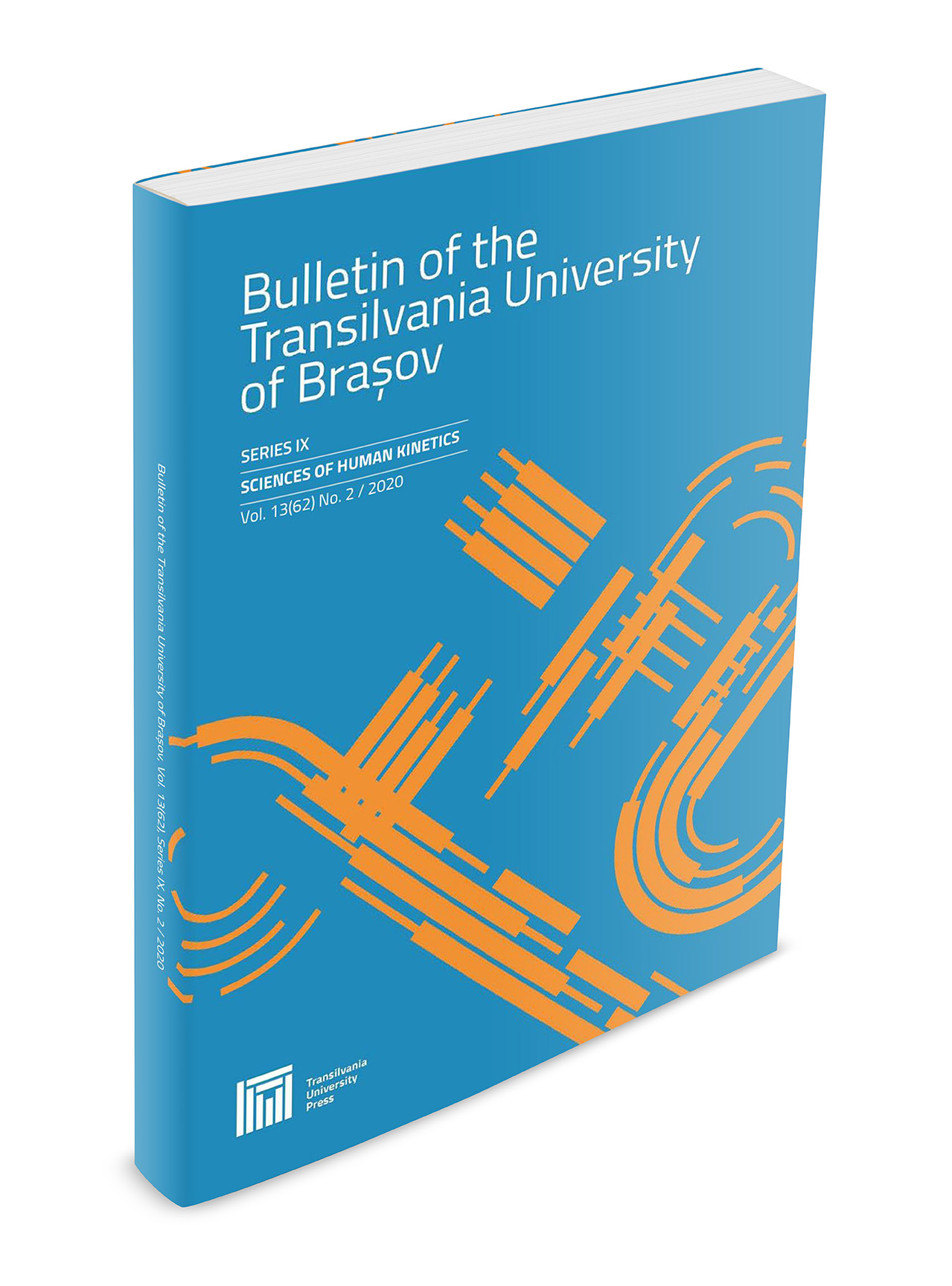Assessment of Geriatric Foot using the Baropodometric P-walk Platform
DOI:
https://doi.org/10.31926/but.shk.2023.16.65.1.18Keywords:
elderly, foot typology, Parkinson, baropodometryAbstract
The purpose of this study was to identify foot typology in senior individuals using barapodometry as an evaluation tool. 20 individuals, with a mean age of 74,35 years (15 female and 5 male), were enrolled in the study. Methodology: By utilizing the P-Walk method to assess the 12 variables in both static and dynamic ways, we discovered that there are no statistically significant differences between the two groups. Just 15% of the elderly without neurological problems have a normal foot, while the remaining 85% have a pes cavus. 25% of participants in the Parkinson's disease group have normal feet, 5% have flat feet, and 70% have pes cavus.Downloads
Published
Issue
Section
License
Copyright (c) 2023 Bulletin of the Transilvania University of Braşov. Series IX: Sciences of Human Kinetics

This work is licensed under a Creative Commons Attribution 4.0 International License.





